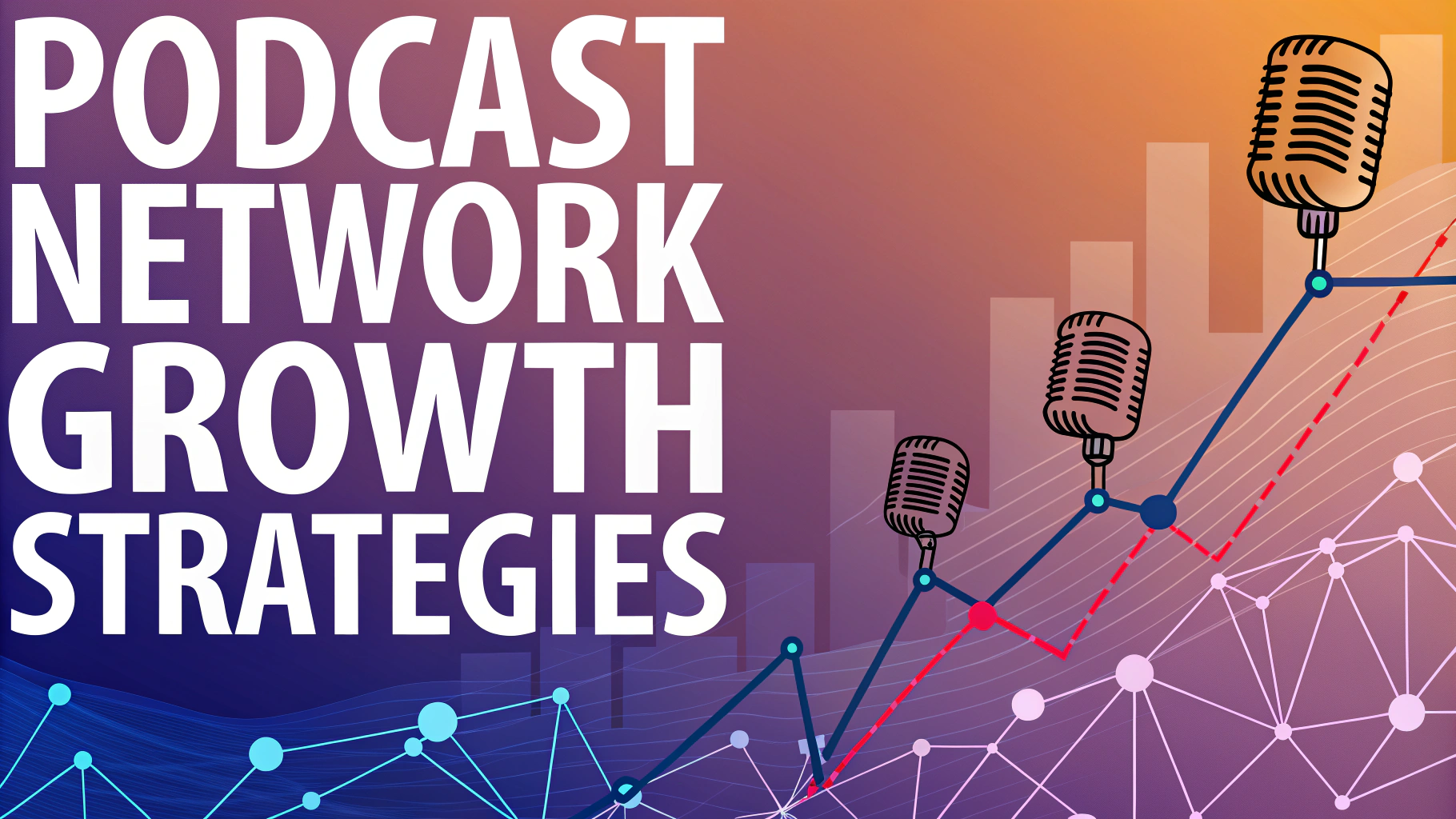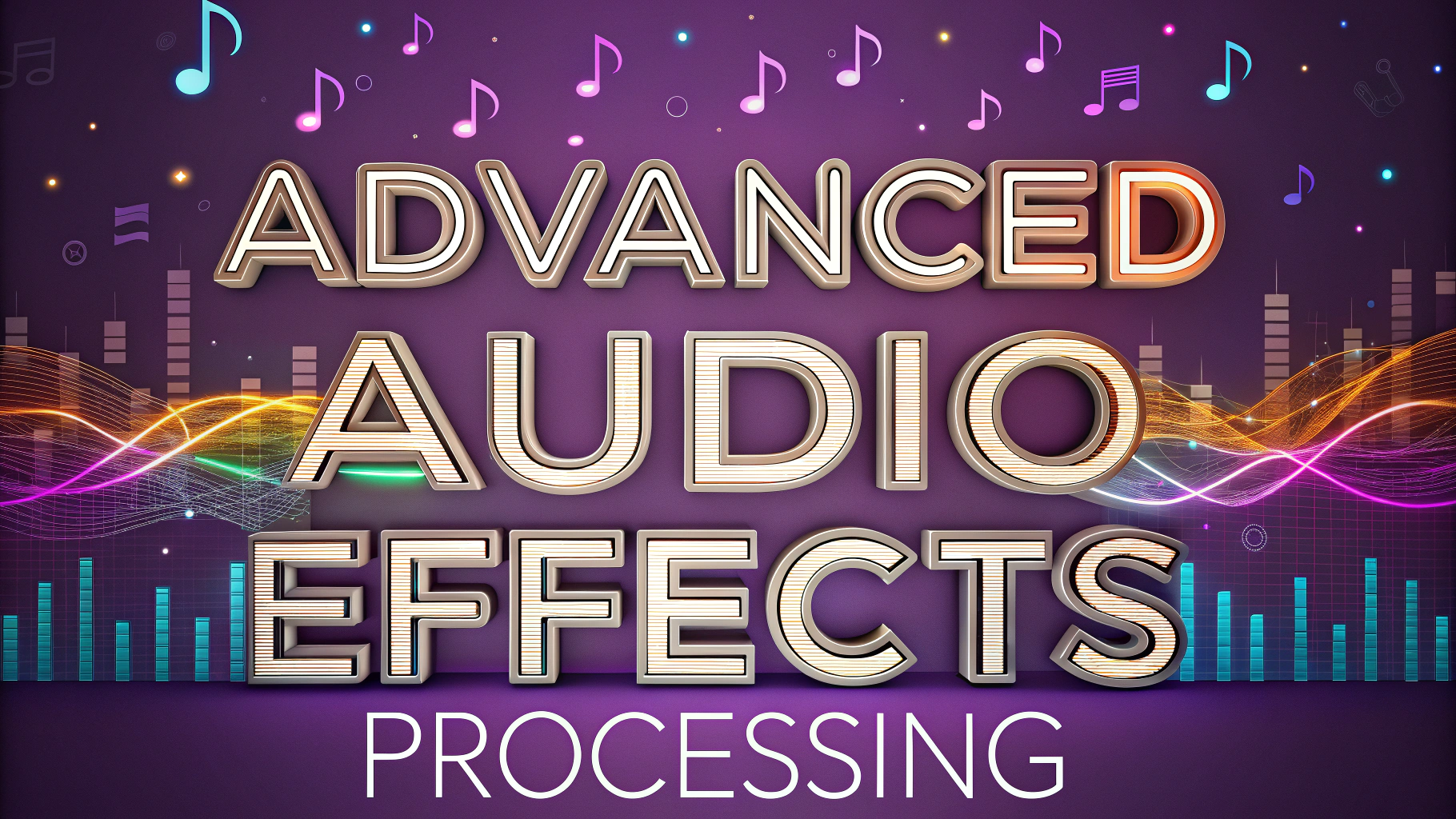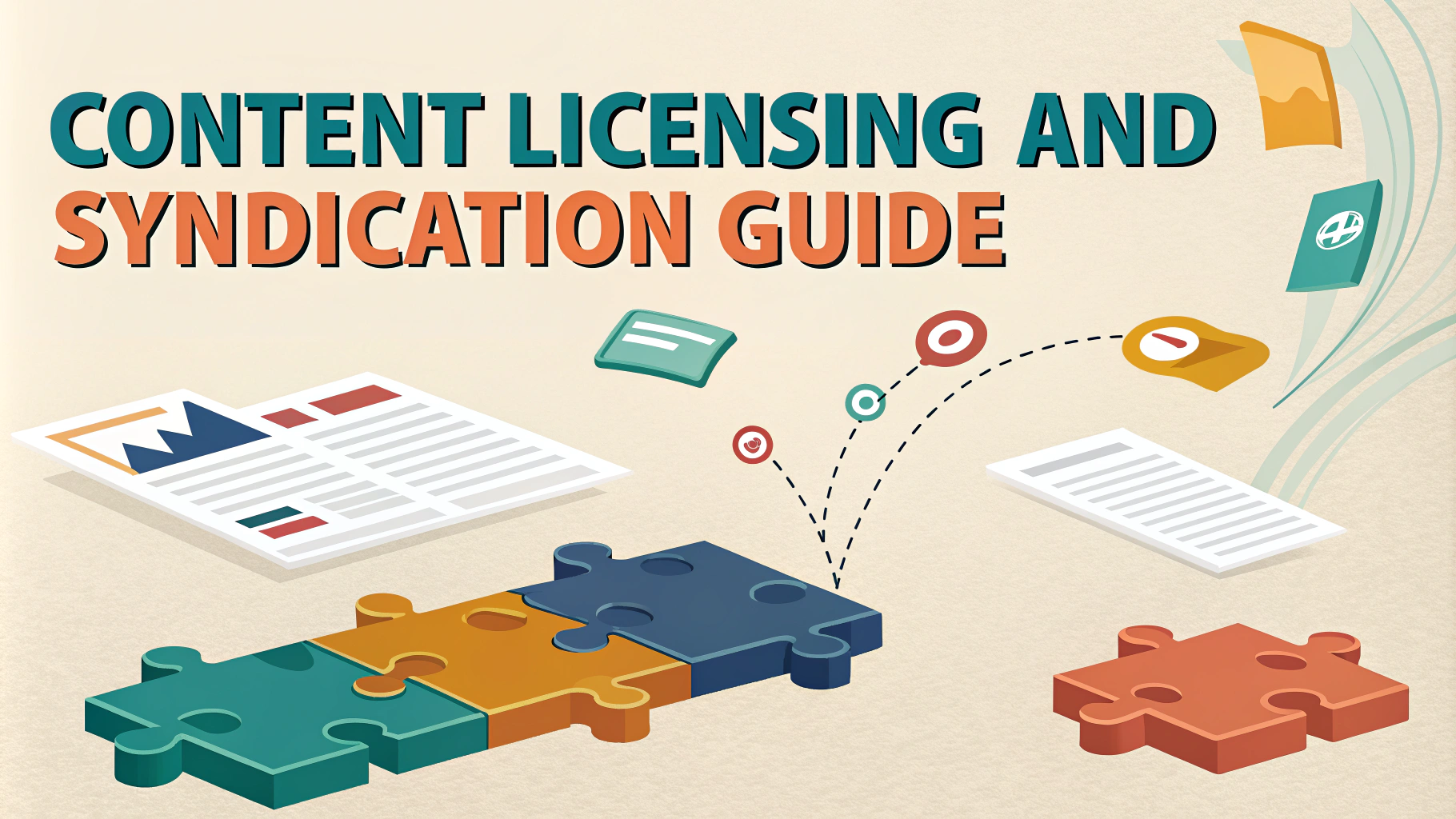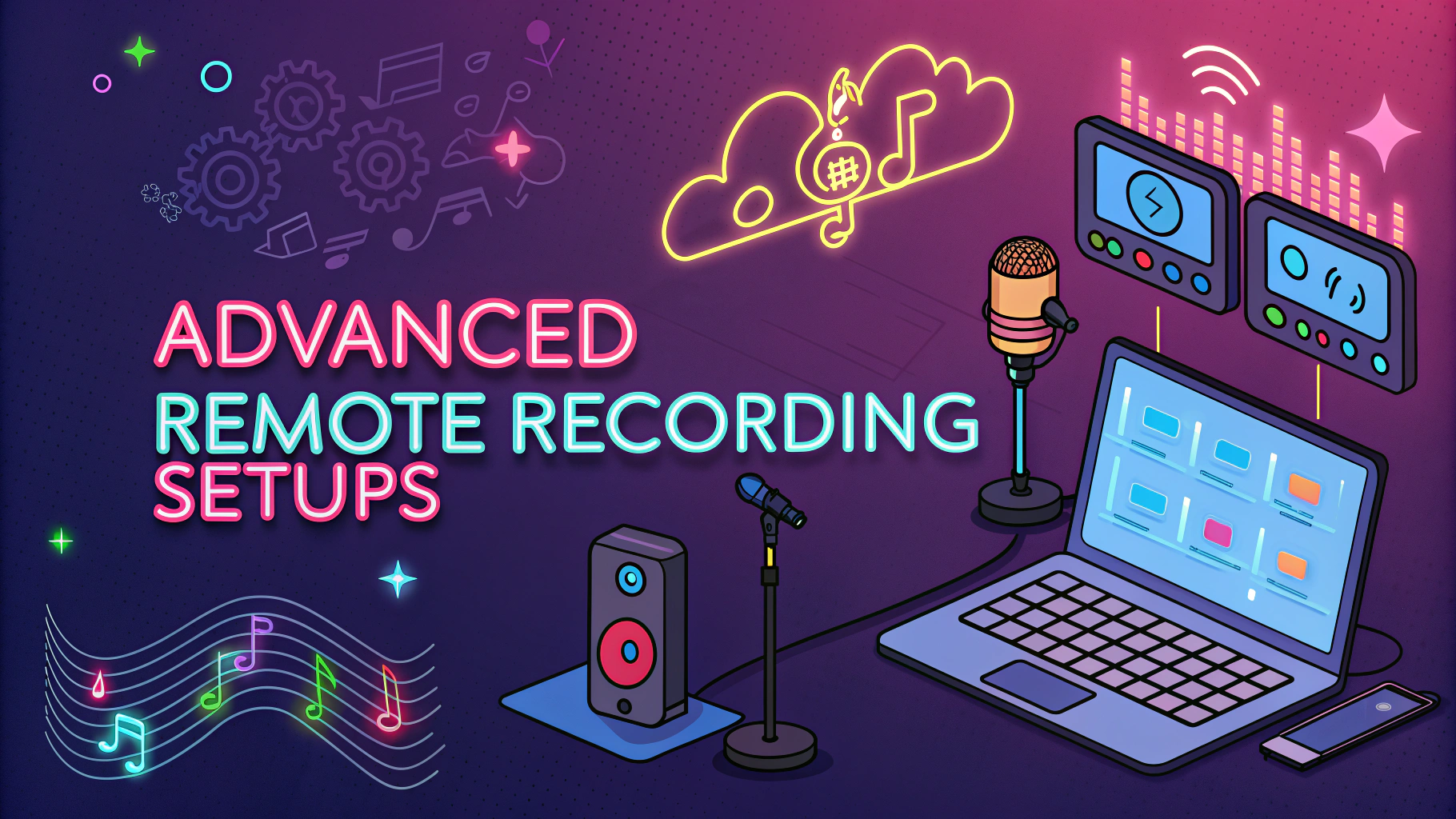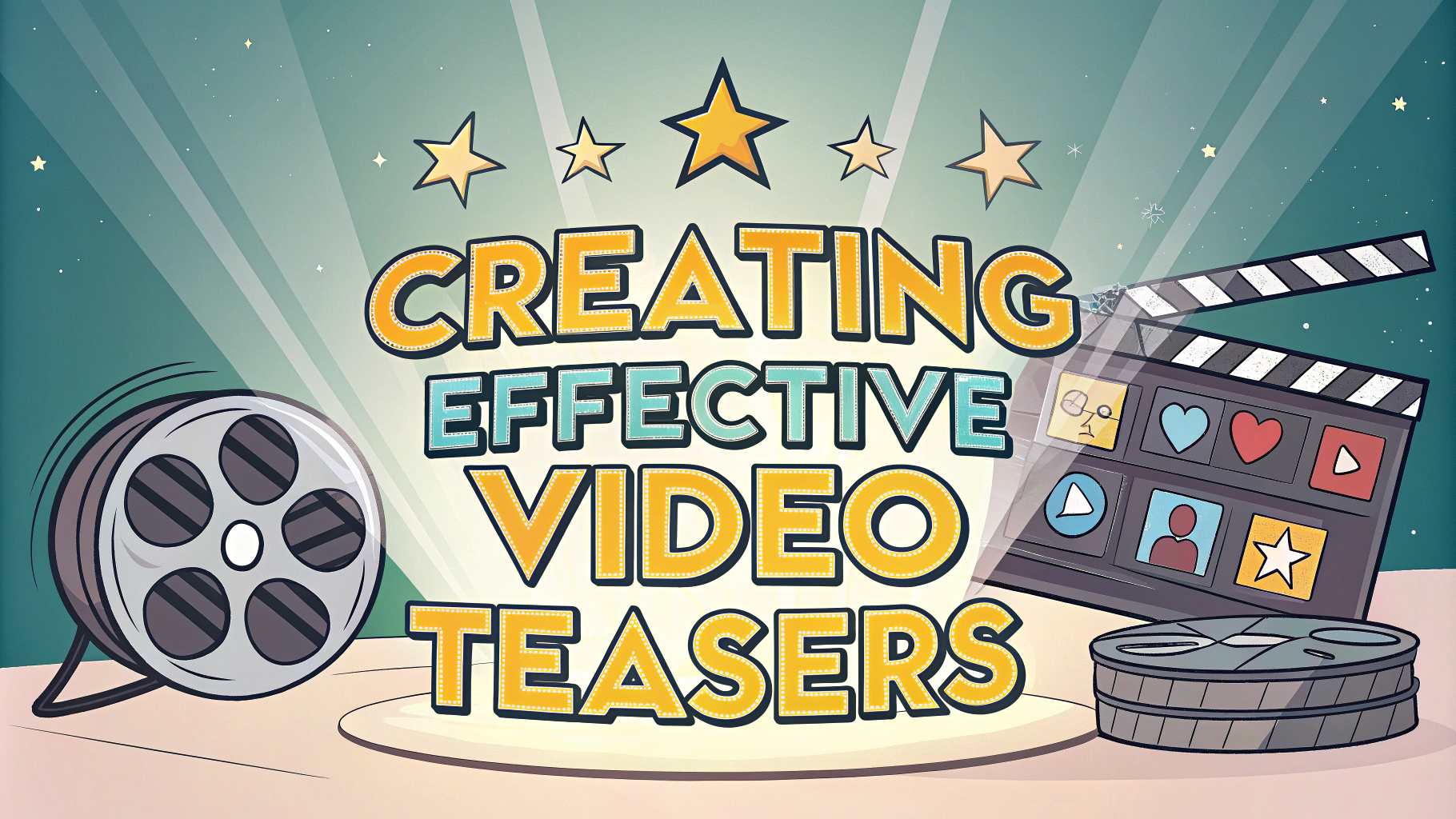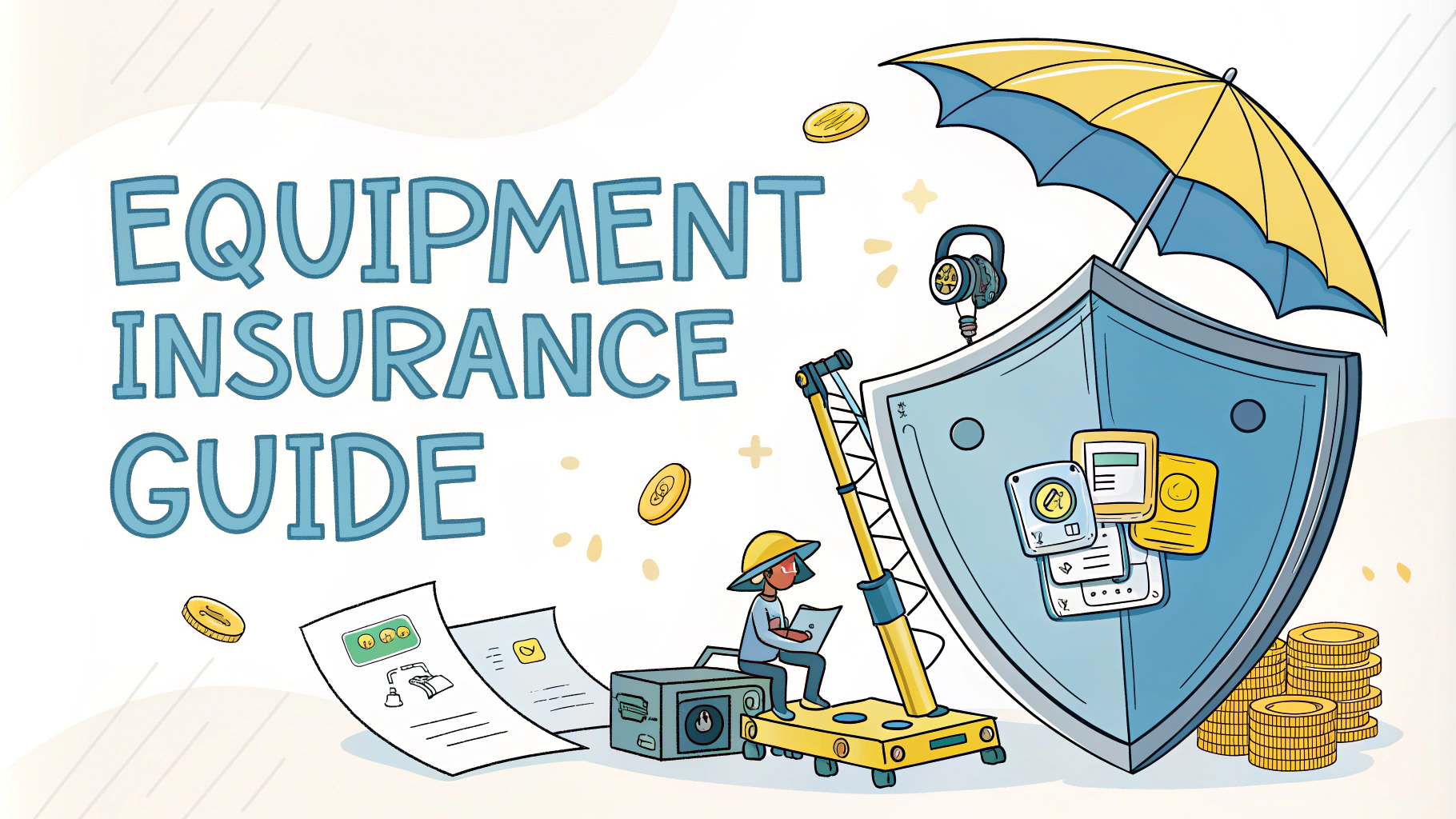Audio editing can make or break a podcast’s success, with efficient workflows being key to maintaining quality while saving time.
Professional podcasters know that streamlined editing processes allow more focus on creative content and audience engagement rather than getting bogged down in technical details.
This guide shares practical workflows that help both beginners and experienced podcasters optimize their editing process.
Setting Up Your Editing Environment
A properly configured workspace includes a quality Digital Audio Workstation (DAW) like Adobe Audition, Hindenburg, or the free Audacity software.
- Position monitors at eye level
- Use keyboard shortcuts list near workspace
- Create template sessions with standard tracks/effects
- Organize files in clear folder structures
Pre-Recording Preparation
Create episode templates with intro/outro music, standard effects chains, and track layouts ready to go.
- Set up track colors for different audio types
- Save frequently used effects as presets
- Create markers for segment transitions
- Prepare backup recording options
Recording Best Practices
- Record 10 seconds of room tone before starting
- Use separate tracks for each speaker
- Monitor levels staying between -18dB and -12dB
- Keep backup recordings on separate devices
Efficient Editing Sequence
Follow this proven editing order to maximize efficiency:
- Remove major mistakes and long pauses
- Apply noise reduction if needed
- Edit for content flow
- Add music and transitions
- Apply compression and EQ
- Normalize final output
Time-Saving Keyboard Shortcuts
| Action | Adobe Audition | Audacity |
|---|---|---|
| Split Clip | Ctrl+K | Ctrl+I |
| Delete Selection | Delete | Delete |
| Zoom In | + | Ctrl++ |
| Undo | Ctrl+Z | Ctrl+Z |
Automation Techniques
- Use batch processing for repetitive tasks
- Create action sequences for common editing patterns
- Set up auto-ducking for music tracks
- Use plugins that support parallel processing
Quality Control Process
Implement this quick checklist before exporting:
- Listen for consistency in volume levels
- Check transitions between segments
- Verify intro/outro timing
- Export test file for different platforms
Making Your Workflow Work
Document your process and adjust it based on what works best for your specific needs and style.
Share your workflow with team members to maintain consistency across episodes.
Consider using project management tools like Trello or Asana to track editing progress and deadlines.
Tools and Resources
- Audacity – Free, open-source audio editor
- Adobe Audition – Professional DAW
- Hindenburg – Specialized podcast editing software
- GarageBand – Free for Mac users
Next Steps for Growth
Regular evaluation and updates to your workflow ensure continuous improvement in both efficiency and quality.
Consider investing in training or workshops to learn advanced editing techniques specific to your DAW.
Join online communities like r/podcasting to stay current with new tools and techniques.
Advanced Workflow Optimization
As your podcast grows, consider implementing these advanced workflow enhancements:
- Integrate cloud backup solutions for project files
- Set up automated publishing workflows
- Create standardized naming conventions for all assets
- Implement version control for collaborative projects
Remote Recording Solutions
Optimize your workflow for remote recordings with these essential steps:
- Use dedicated recording platforms like Zencastr or Squadcast
- Create backup recording protocols for each participant
- Establish clear audio quality guidelines for remote guests
- Test connection and equipment before each session
File Management Best Practices
- Create hierarchical folder structures for episodes
- Use consistent file naming conventions
- Maintain separate folders for raw and edited content
- Archive completed projects systematically
Scaling Your Production
When expanding your podcast production, consider:
- Hiring specialized team members for different editing tasks
- Creating detailed style guides for consistency
- Implementing project management systems
- Setting up quality control checkpoints
Mastering Your Podcast Workflow
Efficient audio editing workflows evolve with experience and changing needs. Regular assessment and refinement of your process ensures consistent quality while saving valuable production time.
Remember that the best workflow is one that you can maintain consistently while delivering the quality your audience expects.
Focus on continuous improvement rather than perfection, and stay open to new tools and techniques that can enhance your podcast production process.
FAQs
- What are the essential steps in an efficient audio editing workflow?
A basic audio editing workflow includes recording prep, recording, cleaning audio (noise reduction, normalization), content editing (removing mistakes, gaps), adding music/effects, mixing tracks, and final export. - Which audio editing software is best for podcast production?
Popular professional options include Adobe Audition, Pro Tools, and Logic Pro X, while free alternatives like Audacity, GarageBand, and Reaper offer solid functionality for beginners. - How can I reduce background noise in my podcast recordings?
Use noise reduction tools in your editing software, record in a treated space, maintain proper microphone technique, and apply a noise gate during post-processing. - What’s the recommended audio format for podcast exports?
Export as MP3 at 128kbps (mono) or 256kbps (stereo), with 44.1kHz sample rate. WAV files are best for editing but too large for distribution. - How can I speed up my audio editing process?
Use keyboard shortcuts, create templates, organize files systematically, maintain consistent naming conventions, and develop standardized processing chains. - What’s the ideal way to organize multiple audio tracks in a podcast?
Separate voice tracks, music beds, sound effects, and transitions onto different tracks. Color-code tracks and use labels for easy identification. - How do I maintain consistent audio levels throughout my podcast?
Use compression, limiting, and normalization. Target -16 LUFS for stereo and -19 LUFS for mono podcasts, with peaks not exceeding -1dB. - What’s the best way to handle multi-person remote recordings?
Record each participant on separate tracks using software like Zencastr or SquadCast, then sync and edit tracks individually in your DAW. - How should I backup my podcast audio files and projects?
Maintain at least three copies: local storage, external drive, and cloud storage. Save project files separately from raw audio files. - What’s the recommended length for editing segments at a time?
Work in 5-10 minute segments to maintain focus and prevent system overload. Save versions regularly during editing.

